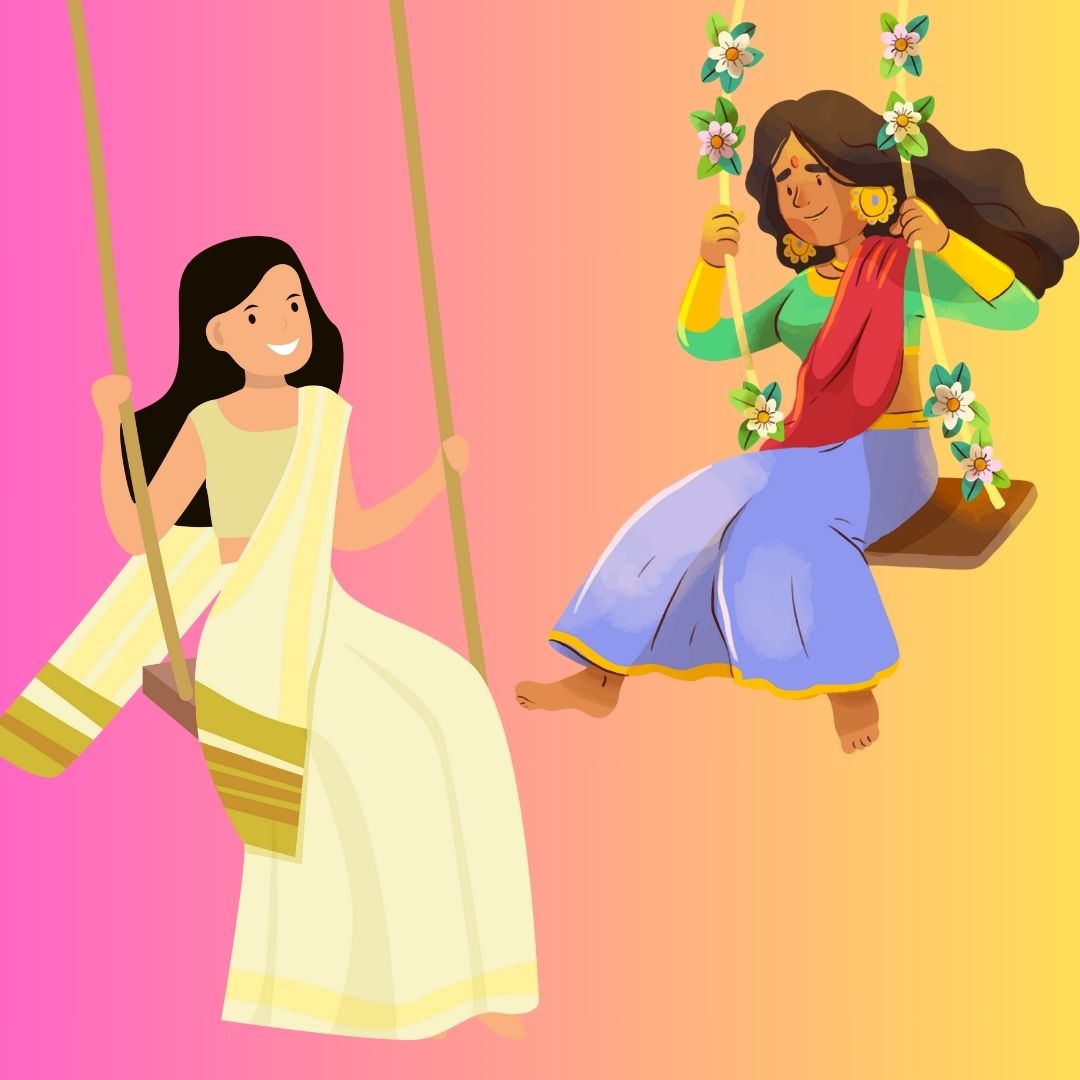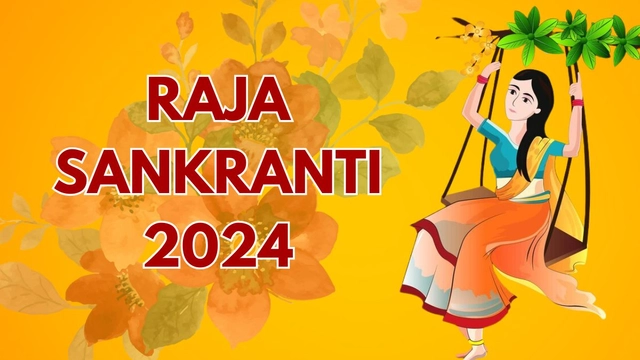- By Kashish Rai
- Sun, 16 Jun 2024 11:19 AM (IST)
- Source:JND
Raja Sankranti 2024: In Odisha, the three-day Raja festival honours women and the menstrual cycle. The purpose of the celebration is to honour Lord Jagannath's wife, Bhudevi. Mother Earth is thought to have a three-day menstruation cycle, followed by a ritual bath on the fourth day. 16th June marks the last day of the Raja festival in Odisha.
Raja Sankranti 2024: Date And Significance
Raja Parba is celebrated for three days. This year, Raja Parba was marked from 14th June 2024 to 16th June 2024. The first day, known as Pahili Raja, is also regarded as the month of Jestha's last day (summer). Mithuna Sankranti, the first day of Asadha (monsoon season), falls on the second day. The last day is referred to as Basi Raja.
In certain states, the celebration lasts for four days, with Basumata Puja or Basumata Gadhua (prayer and Abhishek of Mother Earth) on the fourth day.
Raja Sankranti 2024: Rituals And Celebrations Associated With Raja Parba
Raja festival is significant because it is associated with the farming class, and it is observed for joy and celebration. In Odia, the name Raja itself means menstruation, and around this time, it is believed that Mother Earth has a three-day menstrual cycle. Thus, on this occasion, no earth-damaging operations such as tilling or building are carried out.
One of the primary attractions of the celebrations is the Raja Doli, also known as the Raja Swing. Where mothers and children swing while singing festival songs are elaborately adorned rope swings with flowers and mango leaves.

Raja Sankranti is a 3-day Odia festival celebrating womanhood and Mother Earth - Bhudevi. (Image Source: Canva)
Games, both indoors and outside, are another well-liked activity during Raja. Women are allowed time to enjoy indoor activities and take a vacation from home chores. Single females will don brand-new outfits or traditional sarees with red foot dye, called "Alata."
To keep the young men busy while all agricultural production is halted, several communities host Kabbadi tournaments against nearby cities. Gotipua dances and all-night Jatras (vigils) are usually held in wealthy communities that can afford to hire professional troupes. In these places, eager fans also organise plays and other kinds of entertainment.
The ritual of bathing Bhuma Devi, known as Vasumati Snana, brings the celebration to a close. Worshipped by women, the stone represents Mother Earth. They give her flowers, rub her with Sindoor, and wash her in turmeric paste.
ALSO READ: How Many Gitas Can One Find In Hindu Literature? Check Names And Significance
The delectable "Poda Pitha" is one item that the Odia people instantly link with the Raja festival, which occupies a particular place in their hearts. Its delicious flavour and alluring scent are now linked with the event. In addition to Poda Pitha, additional specialities like Raja Pana and Arisa Pitha add even more charm and affection to this event, which is celebrated in every Odia home.
(Disclaimer: This is based on general public information. Jagran English does not confirm its veracity. Before adopting any measures, consult an expert from the relevant field.)

